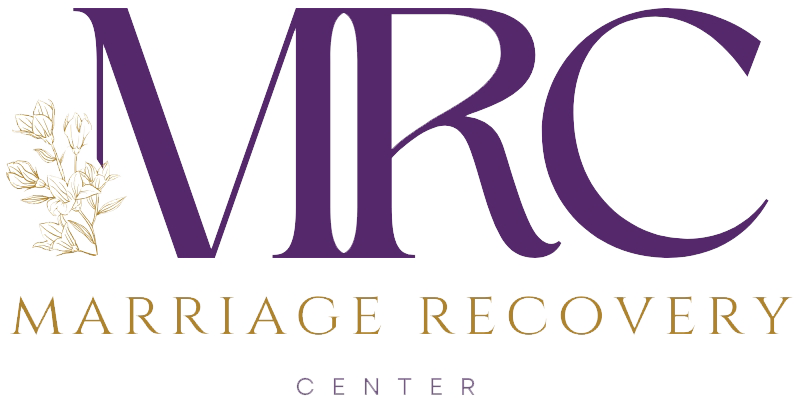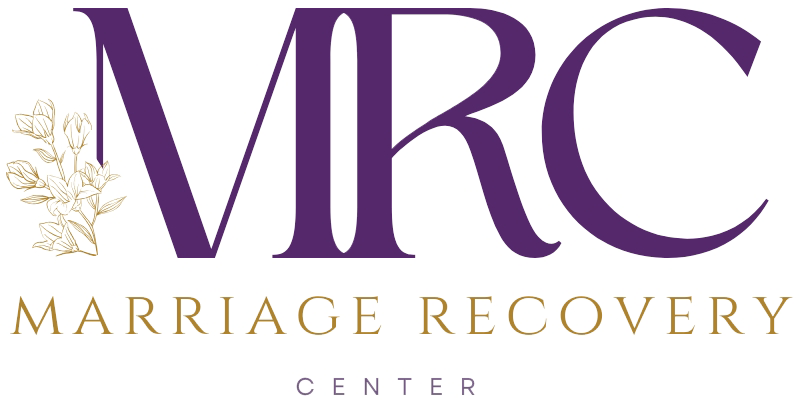Find out what is Dr. Hawkins’ simple five-step process on how to heal negative emotions from past pain, hurt and relationship trauma. Recently Dr. Hawkins talked about the importance of embracing and reflecting on not just the good things that happen in our life, but on all of it, even the bad things. Why is it important that we reflect on and embrace the painful things in our lives we’d rather not remember? Because we can’t heal until we face, understand, process and feel the feelings.
How to Heal Negative Emotions in 5 Steps
Negative emotions are a natural part of the human experience. Whether you’re dealing with the aftermath of emotional abuse, navigating a troubled relationship, or even realizing your own role as the perpetrator of emotional harm, it’s essential to understand that healing begins with acknowledging and embracing these feelings. Dr. David Hawkins, from the Marriage Recovery Center and the Emotional Abuse Institute, offers a valuable insight: “You can’t heal what you can’t feel.” In this article, we’ll explore a five-step process to help you heal negative emotions, using the acronym R.E.N.E.W.
1. Reflect on Feelings
Before you can heal negative emotions, you must first recognize and acknowledge them. This is the crucial first step, and it requires creating a safe space for your feelings to exist. You might choose to reflect on your emotions at the end of the day, maintain a journal, discuss them with a trusted friend, or explore them in counseling. The goal here is to give your emotions room to breathe and come to the surface.
2. Explore Your Feelings
Once you’ve acknowledged your emotions, it’s time to dig deeper and explore what lies beneath the surface. Emotions are like icebergs – what you see on the surface may not reveal the whole story. For instance, feeling sad might conceal layers of anger, hurt, or fear. As you explore your feelings, you’ll gain a more comprehensive understanding of what’s inside your emotional “bucket.”
3. Name Your Feelings
Naming your emotions is a pivotal step in the healing process. It’s not merely enough to say, “I feel bad.” Be specific. Identify your emotions as hurt, anger, sadness, fear, or any other relevant descriptor. When you name your feelings, they become more tangible and easier to work with. Remember that as you name your emotions, they may intensify – this is a sign that you are starting to connect with them on a deeper level.
4. Express Your Feelings
After recognizing and naming your feelings, it’s time to express them. Find a safe and understanding space where you can share your emotions with someone who cares. Whether you’re expressing pain, sadness, happiness, or excitement, sharing your feelings with another person can help you process and validate your emotions. This expression makes your emotions more tangible and alive within you, offering the opportunity for healing.
5. Welcome These Feelings into Your New World
The final step involves welcoming these emotions into your life as an integral part of your being. As you open up to your feelings and create a space within yourself for them, you’re setting the stage for healing. This ongoing relationship with your emotions is crucial for self-awareness and self-discovery. Emotions are powerful guides that can reveal what you need, whether it’s understanding, companionship, validation, or simply an embrace.
In conclusion, healing negative emotions is a process that begins with recognizing and embracing them. The R.E.N.E.W. approach – Reflect, Explore, Name, Express, and Welcome – offers a structured path to understanding and healing your emotions. Remember that you can’t heal what you can’t feel, and by embracing your feelings, you open the door to a world of self-discovery, growth, and healing.
To learn how we can help, reach out to us at (206) 219-0145 or info@marriagerecoverycenter.com to speak with a Client Care Specialist
Also read: 10 Things you MUST Know About Recovering Narcissists
About Dr. Hawkins:
The internet is inundated with hyperbole and misinformation about narcissism, leaving many people confused and hopeless. Get the facts on narcissism and emotional abuse from someone who has been researching, writing about and treating narcissism and emotional abuse for over a decade.
Dr. Hawkins is a best-selling author and clinical psychologist with over three decades of experience helping people break unhealthy patterns and build healthier relationships.
He is the founder and director of the Marriage Recovery Center and the Emotional Abuse Institute which offers education, training and counseling for people who want to break free of, and heal from, emotional abuse. Whether the perpetrator of the abuse is your spouse, partner, parent, boss, friend or family member, we offer practical advice for anyone trapped in a toxic, destructive relationship.
In addition to narcissism & emotional abuse, you’ll learn about the lesser known forms of abuse, including covert abuse, reactive abuse, spiritual abuse, secondary abuse, relationship trauma and much more.








